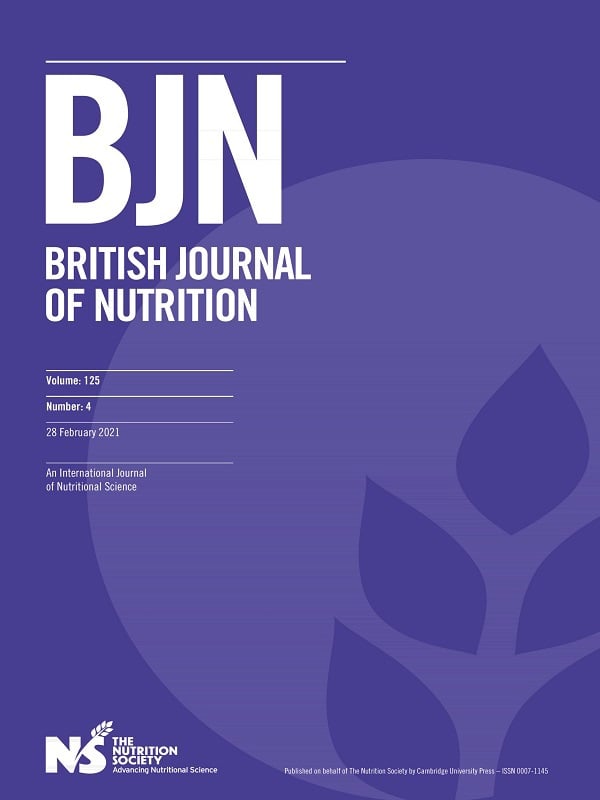Urea supplementation in rumen and post-rumen for cattle fed a low-quality tropical forage
2020 British Journal of Nutrition 124:11 p: 1166 - 1178
- Ruminants
- Open Access

Abstract
We evaluated the differences between the supplementation of urea in rumen and/or abomasum on forage digestion, N metabolism and urea kinetics in cattle fed a low-quality tropical forage. Five Nellore heifers were fitted with rumen and abomasum fistulas and assigned to a Latin square design. The treatments were control, continuous infusion of urea in the abomasum (AC), continuous infusion of urea in the rumen, a pulse dose of urea in the rumen every 12 h (PR) and a combination of PR and AC. The control exhibited the lowest (P < 0·10) faecal and urinary N losses, which were, overall, increased by supplementation. The highest urinary N losses (P < 0·10) were observed when urea was either totally or partially supplied as a ruminal pulse dose. The rumen N balance was negative for the control and when urea was totally supplied in the abomasum. The greatest microbial N production (P < 0·10) was obtained when urea was partially or totally supplied in the abomasum. Urea supplementation increased (P < 0·10) the amount of urea recycled to the gastrointestinal tract and the amount of urea-N returned to the ornithine cycle. The greatest (P < 0·10) amounts of urea-N used for anabolism were observed when urea was totally and continuously infused in the abomasum. The continuous abomasal infusion also resulted in the highest (P < 0·10) assimilation of microbial N from recycling. The continuous releasing of urea throughout day either in the rumen or abomasum is able to improve N accretion in the animal body, despite mechanism responsible for that being different.